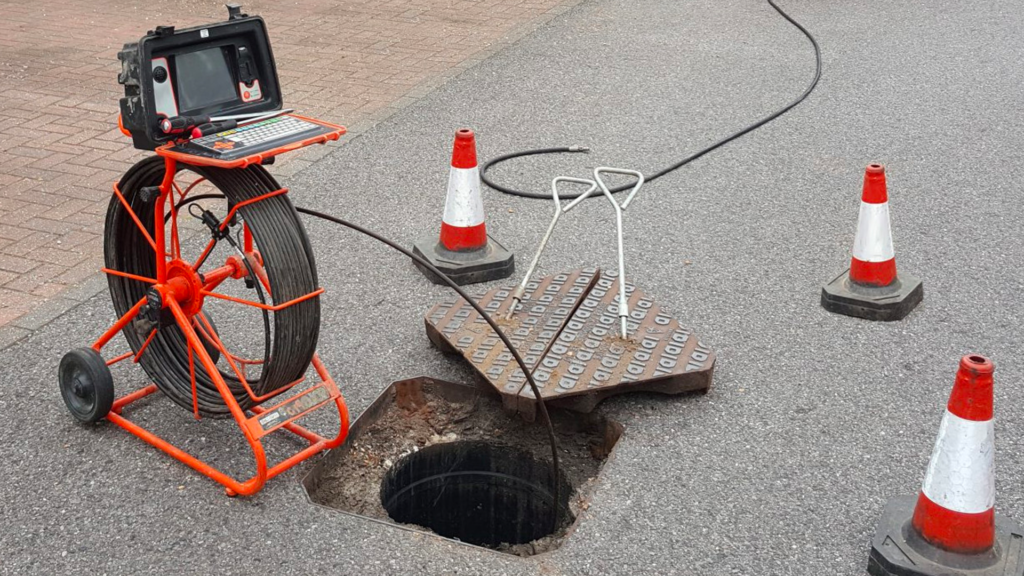Reclaim Waste Fundamentals Explained
Reclaim Waste Fundamentals Explained
Blog Article
Some Of Reclaim Waste
Table of ContentsThe Ultimate Guide To Reclaim WasteThe Ultimate Guide To Reclaim WasteThe smart Trick of Reclaim Waste That Nobody is Talking AboutHow Reclaim Waste can Save You Time, Stress, and Money.Not known Details About Reclaim Waste
Explore the kinds, incidents, and types of fluid waste. Residential sewage waste describes the waste and products from a domestic septic tank. This sort of waste is produced by human beings in homes, schools, and other buildings. This only consists of septic systems that have a drainpipe field. The proper management and disposal of residential sewage waste call for fluid waste to be transferred to a sewer therapy plant where the correct methods and equipment are applied to cleanse and take care of waste.
Industrial waste usually includes potential dangers, such as combustible products or a mixture of fluid and strong waste items, and calls for a more innovative and detailed disposal process. The disposal of commercial waste normally involves the purification of waste before transport to guarantee risk-free and correct disposal. Hazardous waste is produced from byproducts and drainage of industrial processes and manufacturing.
This sort of waste can not utilize the same sewage management transport or processes as septic or commercial fluids. The industrial waste administration procedure needs the examination and testing of fluid waste prior to it goes through the disposal process (liquid waste disposal). Overflow waste is the liquid waste that originates from runoff and excess stormwater in highly inhabited locations or cities
Runoff waste can trigger contamination and flooding otherwise taken care of correctly. Discover more regarding sewage system cleansing and waste monitoring. Guaranteeing appropriate waste monitoring can stop disasters and lower environmental harm. Both individuals in household settings and experts in commercial or manufacturing markets can gain from understanding the procedures and guidelines of liquid waste administration.
Top Guidelines Of Reclaim Waste
Contact PROS Solutions today to discover our waste monitoring and disposal solutions and the proper methods to take care of the fluid waste you produce.
(https://writeablog.net/reclaimwaste1/reclaiming-resources-a-comprehensive-guide-to-industrial-wastewater-treatment)Do you know what happens to your water when you end, flush the toilet or drain pipes the washing equipment? No? Well, it's worth knowing. This so-called 'wastewater' is not only an essential source yet, after therapy, will be launched to our land, rivers or the ocean. Utilized water from commodes, showers, bathrooms, cooking area sinks, washings and industrial procedures is recognized as wastewater.

water utilized to cool down machinery or clean plant and tools). Stormwater, a type of wastewater, is runoff that streams from farming and metropolitan locations such as roofings, parks, gardens, roadways, paths and gutters right into stormwater drains pipes, after rainfall. Stormwater streams neglected straight to regional creeks or rivers, ultimately reaching the ocean.
Some Of Reclaim Waste
In Queensland, many wastewater is dealt with at sewage treatment plants. Wastewater is carried from residential or industrial sites via a system of sewers and pump terminals, understood as sewage reticulation, to a sewer therapy plant. Neighborhood federal governments build, preserve and operate most sewage treatment plants. Operators are licensed under the Environmental Security Act 1994 to discharge treated wastewater at an appropriate ecological standard right into waterways.
The Department of Natural Resources encourages city governments concerning handling, operating and keeping sewage systems and therapy plants. In unsewered locations, city governments may require owners to install specific or home sewer therapy systems to deal with residential wastewater from bathrooms, kitchen areas, washrooms and washings. The Department of Natural Resources authorizes using house systems when they are verified to be effective.
The majority of stormwater gets no therapy. In some brand-new subdivisions, treatment of some stormwater to eliminate trash, sand and gravel has started making use of gross toxin catches. Wastewater treatment happens in four stages: Removes strong matter. Larger solids, such as plastics and other things wrongly discharged to drains, are removed when click now wastewater is travelled through displays.
Utilizes small living organisms understands as micro-organisms to damage down and get rid of remaining dissolved wastes and fine particles. Micro-organisms and wastes are included in the sludge.
The Of Reclaim Waste
Nutrient removal is not readily available at all sewer treatment plants because it needs pricey specialist equipment. Clear liquid effluent generated after treatment may still have disease-causing micro-organisms - liquid waste removal.

Many wastewater streams right into the sewage system. Under the Act, neighborhood federal governments carry out approvals and licences for environmentally pertinent tasks (ERAs) including wastewater launches that may have a local influence.
Some Of Reclaim Waste
Monitoring offers factual information regarding water quality and can verify that licence conditions are being satisfied. The info acquired through tracking provides the basis for making water high quality choices.
Report this page